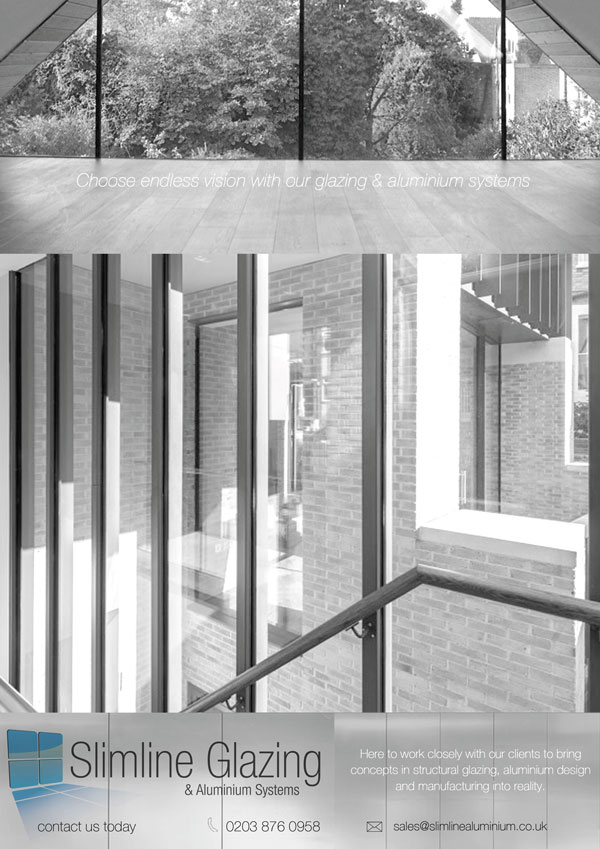
The technical aspects of glass

Glass is just glass, right? It’s a part of your home that you probably take for granted. It lets you see outside, it allows the light in, and without it your world would be a whole lot darker!
But for most of the time, it’s likely you don’t give the glass in your home a second thought – apart from when it needs a clean and you get the trusty window cleaner out, of course.
However, when you think about its history and how glass is made, glass is such an under-rated product.
The first manmade glass is thought to stem back to Egypt in 3500BC, with the first glass vessels being manufactured in 1500BC. Since that time glass making has had an up and down existence, with the demand for glass windows growing in the early 1800s.
Today glass is a massive part of our lives, yet it is still a bit of a mystery to most of us. It’s hard and protects from the elements, yet can shatter into a million pieces. It’s made from sand, yet we can see straight through it.
How does that happen?
How is Glass Made?
Sand (which is made of silicon dioxide) is heated until it melts into a liquid. This happens when the temperature reaches 1700℃. When it cools down again, the structure changes, ensuring it does not turn back into sand. However, the sand never quite sets; instead it becomes an amorphous solid – a cross between a solid and a liquid.
Commercial Glass Manufacturing
In commercial glass factories, sand is mixed with recycled waste glass, soda ash to reduce the melting point, and limestone to stop the resulting glass dissolving in water (a drawback of the soda). This mixture is known as soda-lime-silica glass, and is the standard glass used all around us.
To make windows this melted mixture is poured on top of a vat of molten tin metal, known as floating. Extra ingredients can be added to change the glass at this point, or give it a different colour.
Commercial glass can be made heat proof, toughened, crystallised or bullet-proof, depending on requirements.
What is Energy Saving Glass
Heat-reflecting glass, known as low-E glass, is a special glass that allows light to pass through but reflects the heat form the sun back out in summer. In winter, heat generated inside will be reflected back into your room, hence making your windows more energy efficient.
Heat-reflecting windows tend to be sealed, double-glazed units. The panes are separated by an unreactive gas that acts as insulation.
One of the inner surface panes is treated with an extremely thin metallic reflective coating, so thin that you can still see through them, yet providing enough of a layer to reflect heat.
What are U and R Values and Ratings for Glass?
If your glass has a low U-factor, it means less heat can pass through them (a reduced heat transmission). A higher R-value means the glass has more heat insulation than ordinary double glazing. So look for glass labelled low-E (sometimes called low-E² (low-E squared), with a lower U-factor and a higher R-factor.
Although low-E glazing tends to be more expensive than normal windows, it should pay for itself over 2-6 years in money saved on energy bills.
So, next time you look out your windows, spare a thought for the process involved! After all, where would we be without windows?
 [noodle-share icons="icons-small"]
[noodle-share icons="icons-small"] 




